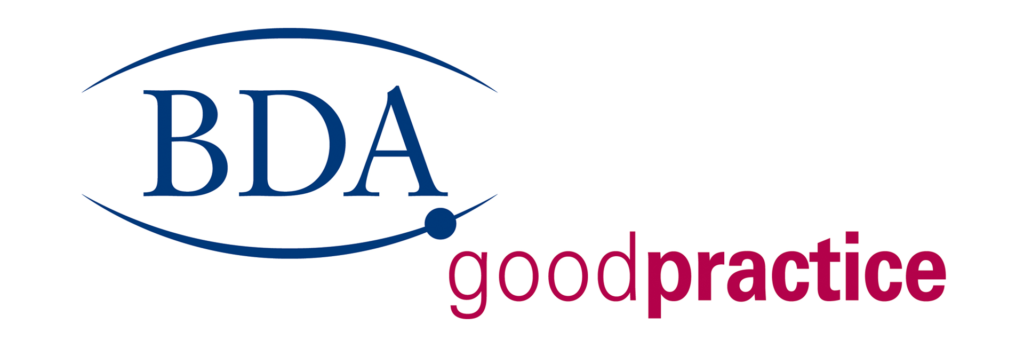Angle House Blog
Guide to Children’s Teeth
Caring for your children’s teeth is one of your most important jobs as a parent.
Feeling the pressure? Our quick guide to keeping those new sparkling whites in shape will help.

Milk teeth
Your baby will have 20 baby teeth which usually start appearing from 6 months, although this can vary.
It’s important to care for your child’s milk teeth as they hold space for the second teeth to grow into. Because the enamel is thin, milk teeth are more likely to be affected by decay and erosion if they’re exposed to too much sugar or acidic drinks like fruit juice.
Teething
Along with sleep, teething is seen as the new parent’s nemesis. Knowing the signs of teething and buying a few essentials to comfort your child can ease the process.
Your baby’s lower front teeth (bottom incisors) will usually come through first, followed by the upper front teeth (top incisors).
Some children sail through the teething stage with no pain or discomfort, while others may show symptoms.
Teething symptoms include:
1. Your baby’s gum is sore and red where the tooth is coming through
2. One cheek is flushed
3. They are rubbing their ear
4. Your baby is dribbling more than usual
5. They are gnawing and chewing on things a lot
6. They are more fretful than usual
There is no strong evidence to tell us how to manage teething and strategies are a hot topic of discussion at any playgroup. Many parents find that offering cold (not frozen) teething rings and extra comfort can help. We recommend our effective, drug free teething gel to help reduce pain and swelling.
Most children will have all of their milk teeth by the time they are 2 1/2 years old.
If your child seems to be in significant discomfort, it is always best to seek medical advice to rule out illness, such as an ear infection.

Brushing Teeth
As soon as your child’s teeth start to come through, introduce teeth cleaning and make it part of their daily routine. Children should brush their teeth at least twice a day.
Use a small, soft toothbrush to get your child used to brushing. Use a flat smear of fluoride toothpaste (with at least 1,000ppm fluoride) until they are 3 years of age.
After the age of 3, use a small pea-sized amount of toothpaste. Make sure you are choosing age appropriate toothpaste. The level of fluoride needed changes as your child gets older.
If used correctly, a manual toothbrush is as effective as an electric one. Do not use an electric toothbrush on children younger than 3. Whatever toothbrush you choose, make sure you are teaching your child how to brush effectively with it. Continue to supervise tooth brushing time until your child is at least 7. Our range of children’s toothbrushes are specially designed to keep brushing fun, effective and healthy.
Some children may be resistant to brushing, particularly if they have some teething pain that they can’t tell you about. Ideas to encourage happy brushing include:
1. Get a new toothbrush – perhaps with their favourite colour, theme or character on it
2. Let your child choose their toothpaste flavour
3. Brush together – make brushing part of your family’s routine together. Even get a favourite toy involved and give their teeth a brush first to keep things playful.
4. Everyone should aim to brush their teeth for two minutes. Keep it fun by playing a favourite song while they brush – Hey Duggee even has a song to encourage and distract little brushers.
Fluoride
Fluoride strengthens tooth enamel. It is present naturally in some water supplies and is sometimes added to prevent dental decay.
Fluoride can also be found in toothpaste and other oral health products.
Do not teach your child to rinse their mouth out with water after brushing – this washes away the fluoride and loses its strengthening power. Simply spit after brushing and rinse their toothbrush ready for the next use.

Visiting the Dentist
When your child gets their first tooth – and certainly by their first birthday – pay a visit to the dentist to get them used to it.
Don’t worry if your child doesn’t want to open their mouth on the first visit. It’s a chance for them to meet the dentist, get familiar with their office and understand they will visit regularly.
Children should visit the dentist every 6 months. Some dentists may schedule visits more often, such as every 3 months. More frequent visits may be required to keep an eye on a developing problem.







